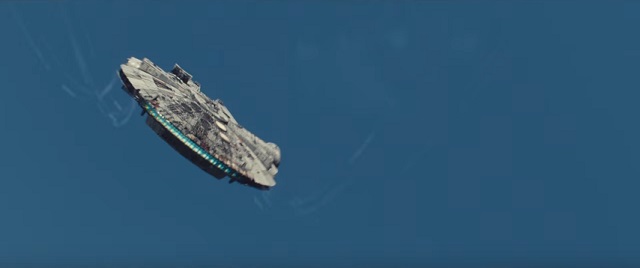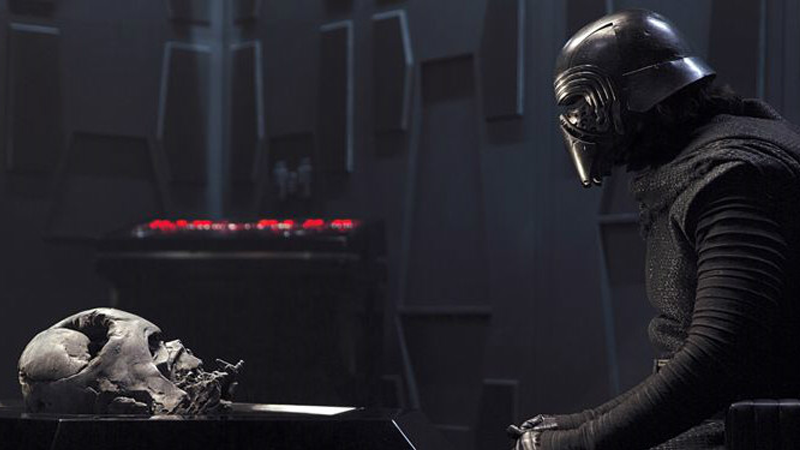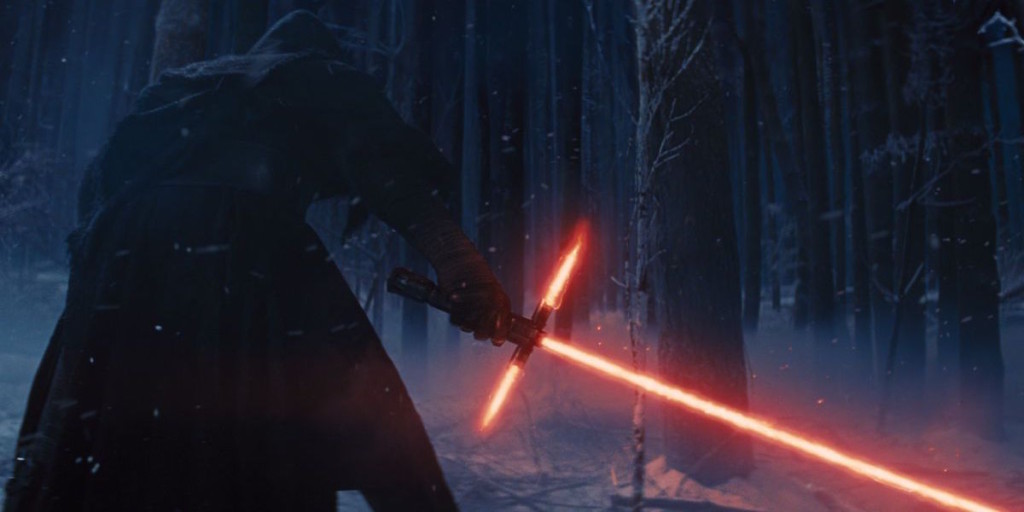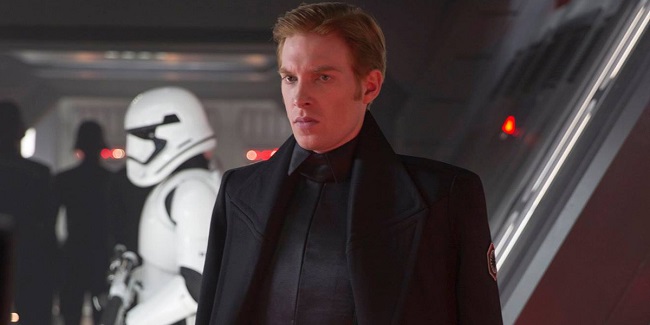
I can already see the questions running through your mind – why not see it now? Why wait? Well, one answer is I know what happens and I’m not 100% in favour of it. Why opt for spoiler info? The last decade of Star Wars product, in terms of what happened a few decades later, is not a pretty story. It’s certainly a tale from which the conclusion to draw is not to trust those supplying it. As a general rule, if I need spoiler info it denotes a lack of confidence. At the same time, it seems abundantly clear that The Force Awakens differs from its predecessors in that it may actually be a planned trilogy. The significance? I’ll get to that, keep reading.
The reason not to see it now is a protective one. You can find info on what goes down in TFA easily, so let’s just say I’m not exactly enthused over what they decided to do with Luke, Han and Leia. I can be fine with it for now, but I suspect there’s a chance seeing the film could have a detrimental effect on my liking for SW. And yet…there’s a sense of déjà vu about all this. About fifteen years ago, I started posting over at Jedi Council Literature, and three months after I joined a book called Vector Prime came out and the forum ended up in a months long conflagration!
VP was the beginning of the New Jedi Order series that saw the galaxy invaded by a bunch of sadomasochistic, biotech-wielding religious fanatics – the Yuuzhan Vong. The threat isn’t taken seriously by the New Republic, even after the Vong have killed Chewbacca, which ultimately leads to the fall of Coruscant two years later. The short story is I wasn’t a fan, despite lots of other people being so – starting to see the pattern here? The big problem with any continuation is how to create a new enemy, without undermining or diminishing the previous victories – in this case, the Battle of Endor. The initial solution for 1991-1999 was to have new enemies but who were not an existential threat. Sure, for a book or two they might be on the edge of victory, but then there’d be a turnaround and, as all villains must, they lose. VP did not so much stick to that template as set it on fire. Read More
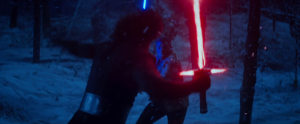 After I watched The Force Awakens for the second time, one of the many things my friends and I brought up was lightsaber combat. The iconic weapon of Jedi, Sith, and many other Force-users was featured prominently, and of course I had a few feelings about just how the combat was depicted. Like pretty much every other piece about TFA, this is not spoiler-free. You have been warned.
After I watched The Force Awakens for the second time, one of the many things my friends and I brought up was lightsaber combat. The iconic weapon of Jedi, Sith, and many other Force-users was featured prominently, and of course I had a few feelings about just how the combat was depicted. Like pretty much every other piece about TFA, this is not spoiler-free. You have been warned.